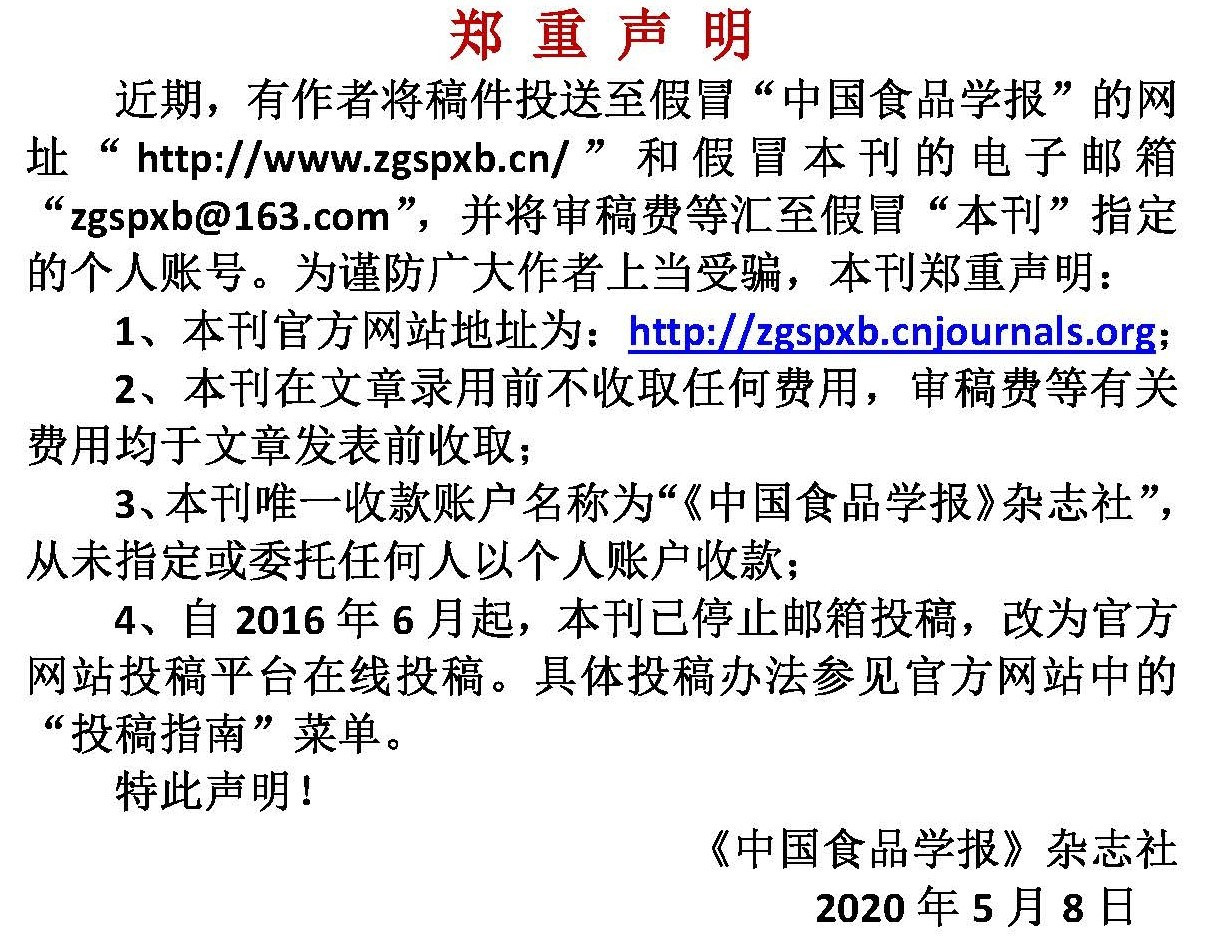膳食中双酚类化合物的污染水平和风险评估
作者:
作者单位:
(1.广元市疾病预防控制中心 四川广元 628000;2.杭州市疾病预防控制中心 杭州 310006)
作者简介:
通讯作者:
中图分类号:
基金项目:
广元市科技计划项目(19ZDYF0016)
Bisphenols in Diets: Contaminated Levels and Risk Assessment
Author:
Affiliation:
(1.Guangyuan Center for Disease Prevention and Control, Guangyuan 628000, Sichuan;2.Hangzhou Center for Disease Control and Prevention, Hangzhou 310006)
Fund Project:
引用本文
佐鹏,谭学蓉,刘少颖,杨容,李波,穆芳,石卜芳.膳食中双酚类化合物的污染水平和风险评估[J].中国食品学报,2023,23(12):219-228
复制分享
文章指标
- 点击次数:
- 下载次数:
- HTML阅读次数:
历史
- 收稿日期:2022-12-29
- 最后修改日期:
- 录用日期:
- 在线发布日期: 2024-01-23
- 出版日期:
文章二维码

版权所有 :《中国食品学报》杂志社 京ICP备09084417号-4
地址 :北京市海淀区阜成路北三街8号9层 邮政编码 :100048
电话 :010-65223596 65265375 电子邮箱 :chinaspxb@vip.163.com
技术支持:北京勤云科技发展有限公司
地址 :北京市海淀区阜成路北三街8号9层 邮政编码 :100048
电话 :010-65223596 65265375 电子邮箱 :chinaspxb@vip.163.com
技术支持:北京勤云科技发展有限公司
